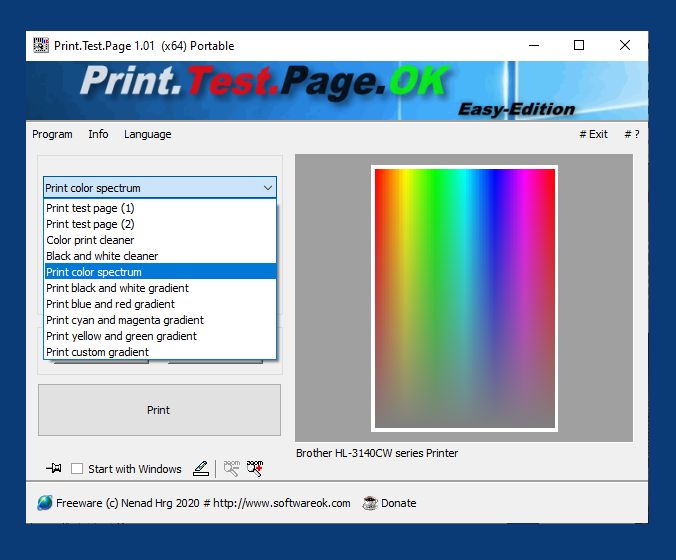|
Page sizes vary worldwide due to different norms and standards used in different countries and regions!
The two main standard systems are the ISO 216 system and the US system. These systems each have their own standard formats for paper sizes, which differ in dimensions and areas of application. 1. ISO 216 system (DIN A series)This system is used in most countries around the world, including Europe, Asia, Australia, and South America. It is based on the ISO 216 standard, which was introduced in 1975 and replaced the DIN 476 standard of the German Institute for Standardization (DIN). Features: - A, B, and C series: The most widely used is the A series, which includes sizes such as A4, A3, and A5. - Basic principle: A ratio of 1:√2 (1 to root 2), which allows the pages to keep the same aspect ratio when the longer side is halved. - Size example: - A4: 210mm × 297mm - A3: 297mm × 420mm - A5: 148mm × 210mm Application: - A4: Most commonly used for letters, documents, and printer paper. - A3: Commonly used for diagrams and technical drawings. - A5: Use for small brochures or notebooks. Advantages: - Easy to enlarge or reduce without changing the layout. - Efficient use of paper and less waste. ►► What are image formats? 2. US systemThis system is used primarily in the United States, Canada, and some Latin American countries. The formats are based on traditional sizes and are not as standardized as the ISO 216 formats. Features: - Main formats: Letter, Legal, and Ledger. - Size example: - Letter: 8.5 in × 11 in (215.9 mm × 279.4 mm) - Legal: 8.5 in × 14 in (215.9 mm × 355.6 mm) - Ledger/Tabloid: 11 in × 17 in (279.4 mm × 431.8 mm) Application: - Letter: Standard format for business and office documents. - Legal: For contracts and legal documents. - Ledger/Tabloid: For larger printed matter such as newspapers and brochures. Advantages: - Wide availability of paper and supplies in these formats in the United States. - Adaptation to common printers and office machines in North America. 3. Comparison of systems- Aspect ratio: ISO 216 is based on a fixed aspect ratio (1:√2), while the US system is based on less standardized, traditionally fixed sizes. - Easy scaling: The ISO system allows easy scaling of documents due to its constant aspect ratio, while adjustments are more difficult in the US system. - Distribution: ISO 216 is more widely used globally, while the US system is used almost exclusively in North America. 4. Other regional formats- Japanese formats: Similar to the A series, with additional sizes such as the B series. - Chinese formats: Contain additional standard sizes such as the D and E series. ConclusionThe differences in page sizes reflect cultural and historical developments and affect practical aspects such as printing, office supplies and international communication. While the ISO 216 system offers global standardization, countries such as the United States cling to their traditional formats, which can sometimes create challenges in international projects. Visualizing the differencesTo visualize the differences, a table can be helpful:
These differences must always be taken into account when communicating internationally and sending documents. ►► The regional settings of Microsoft Windows 10/11! FAQ 7: Updated on: 14 August 2024 21:45 |
... Print Homeage

